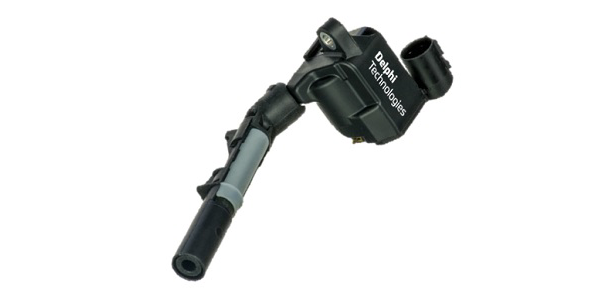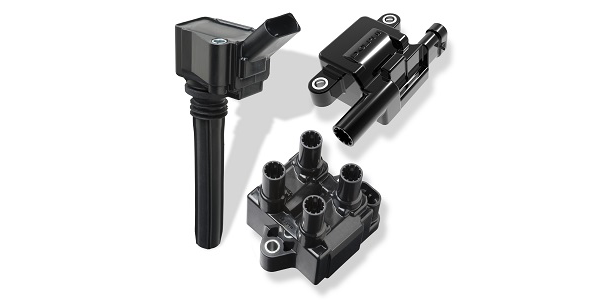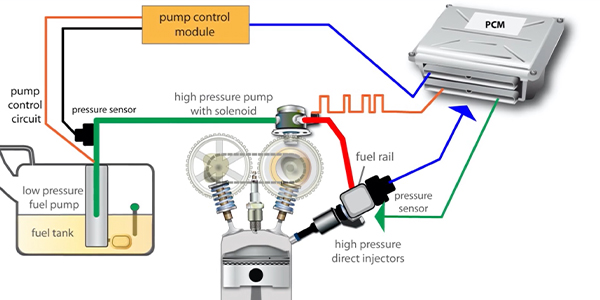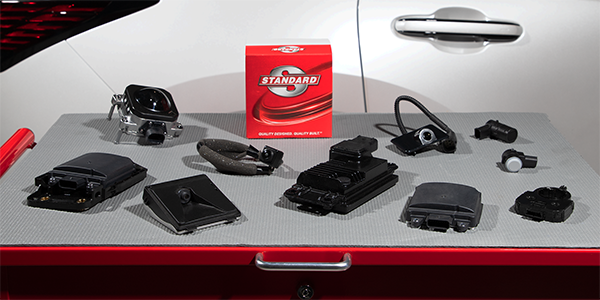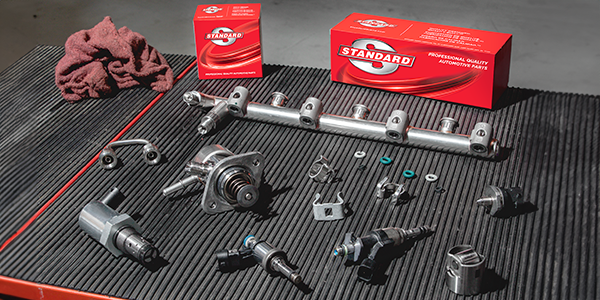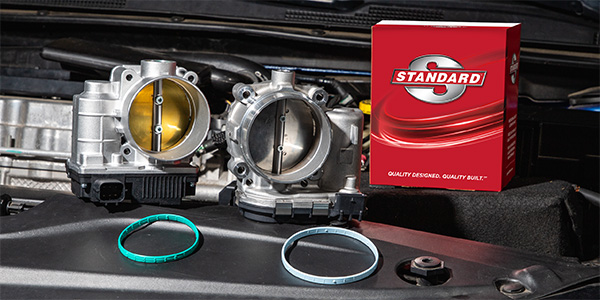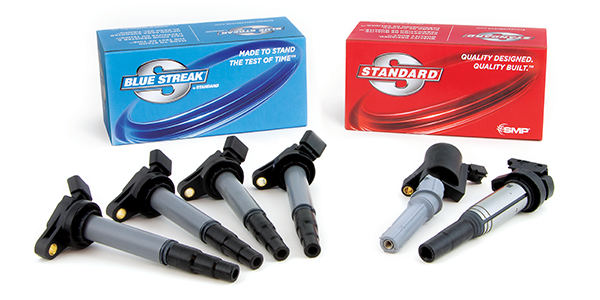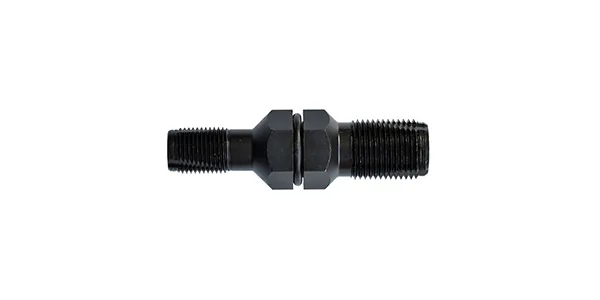A vehicle’s ignition system must provide sufficient spark to the right cylinder, at the right time, thousands of times every minute. Making accurate ignition repairs an absolute must. With our best practice guide to servicing ignition coils, you’ll know how they work, why and how they fail, and how to replace them for a high quality, long-lasting repair, you, and your customers can trust.
Why do ignition coils fail?
Although ignition coils are designed to last, the increasing demands placed on them means that they can fail. The main causes being:
- Damaged spark plugs or plug wires: a bad spark plug or spark plug wire with excessive resistance causes the coil’s output voltage to rise – if this exceeds 35,000 volts it can damage the coil’s internal insulation, causing a short. This can result in reduced output, causing ignition misfires under load and/or poor starting.
- Worn or excessive spark plug gap: as spark plugs wear so will the gap between its two electrodes, meaning that the coil now has to generate a higher voltage in order to bridge it. The added strain on the coil can result in voltage overload, and in turn, overheating.
- Vibration damage: constant wear and tear from engine vibration can damage the ignition coil windings and insulation, resulting in shorts or breaks in the secondary windings. Similarly, it can loosen the electrical connection at the spark plug, forcing the coil to work overtime to fire the spark plug.
- Overheating: because of their location, ignition coils are often exposed to excessive engine temperatures. This can reduce the coils ability to conduct electricity, impacting both its performance and longevity.
- Varying resistance: a short or low resistance in the coil’s winding will increase the electricity flow through the coil, causing damage to the entire ignition system. Changes in resistance may also cause a weak spark, which will result in the vehicle not starting and damage to both the ignition coil and surrounding parts.
- Excessive moisture: the most likely source is an oil leak from a failed valve cover gasket, causing oil to build up around and damage both the ignition coil and spark plug. Water, from A/C condensation, for example, can also penetrate the system. In both cases, it’s important to address the root cause to avoid repeat failures.
What are the symptoms of a faulty ignition coil?
As the ignition coil is responsible for generating the engine spark which starts the vehicles, any problems will quickly manifest themselves in engine performance issues, such as:
- Check engine light on: since a faulty ignition coil directly affects engine performance, any issues will trigger the check engine light.
- Poor fuel economy: with less spark energy the combustion process will not be as efficient, resulting in a noticeable decline in fuel economy.
- Vehicle backfiring: often an early symptom of ignition coil failure, this occurs when any unused fuel in the combustion chamber is emitted through the exhaust system. If left unchecked this can result in significant and costly damage to the exhaust.
- Vehicle stalling: a bad ignition coil will send irregular electrical current to the spark plugs, which will cause the vehicle to stall. This could eventually prevent the vehicle from starting back-up.
- Engine misfires: because one or more of the engine’s cylinders are not providing sufficient power to the vehicle, the engine will misfire, especially during acceleration.
- Problems starting the vehicle: similarly, if one or more spark plugs are not receiving an adequate charge, it will create problems on start-up. In a car with a single-coil, this means the car not starting at all.
How to troubleshoot an ignition coil.
If you suspect the ignition coil is at fault, just follow the below steps to streamline your diagnosis:
- Read any fault codes and live data using a diagnostic tool. Compare the values of the suspect faulty coil to that of a correctly functioning coil.
- Check the coils for any signs of damage such as cracks in the housing, broken anti-rotational tabs or damage to the electrical wiring or plug connections.
- Also, remove and inspect the spark plug. Check both the spark gap and plug wire, if applicable, to ensures the wire’s resistance is within spec.
- With the ignition switched on, measure the voltage supply to the ignition coil with a multimeter. A voltage of more than 10.5V should be recorded.
- Again, using a multimeter, check the coil’s primary and secondary circuits. Most coils should have a primary resistance ranging from 0.4 to 2 ohms and a secondary between 5,000 to 20,000 but refer to the vehicle manufacturer’s specifications. If either is out of spec, then replace. A zero reading indicates a shorted coil, and a high reading an open coil. Where an ignition coil has three, four, five or seven wires, refer to a wiring diagram that will show the internal coil electrical design.
How to replace an ignition coil.
Once a fault has been confirmed, replace the coil following the simple steps below:
- With vehicle ignition turned off, locate the faulty coil. Unplug the electric connector and then unscrew the bolt(s) holding it in place. You should now be able to carefully lift the coil out of its mounting.
- Before fitting the new coil, it is good practice to apply di-electric grease to the foot of the new coil and to its electrical socket. This will guard against corrosion and ensure a good connection. It is also recommended that you replace all spark plugs at the same time as the coil.
- Now slide the new coil into its housing. Tighten the bolts to the recommended torque, then reattach the electronic connector.
- Reconnect the diagnostic tool to erase any fault codes and extinguish the engine management warning light.
- Carry out a road test to ensure everything is in good working order.
Looking for an OE ignition coil replacement? Browse our catalog at https://delphi.mypartfinder.com/ to see all ignition coils Delphi Technologies has to offer.
This article was sponsored by Delphi Technologies. For more information, please visit https://www.delphiautoparts.com/usa/en-US.

